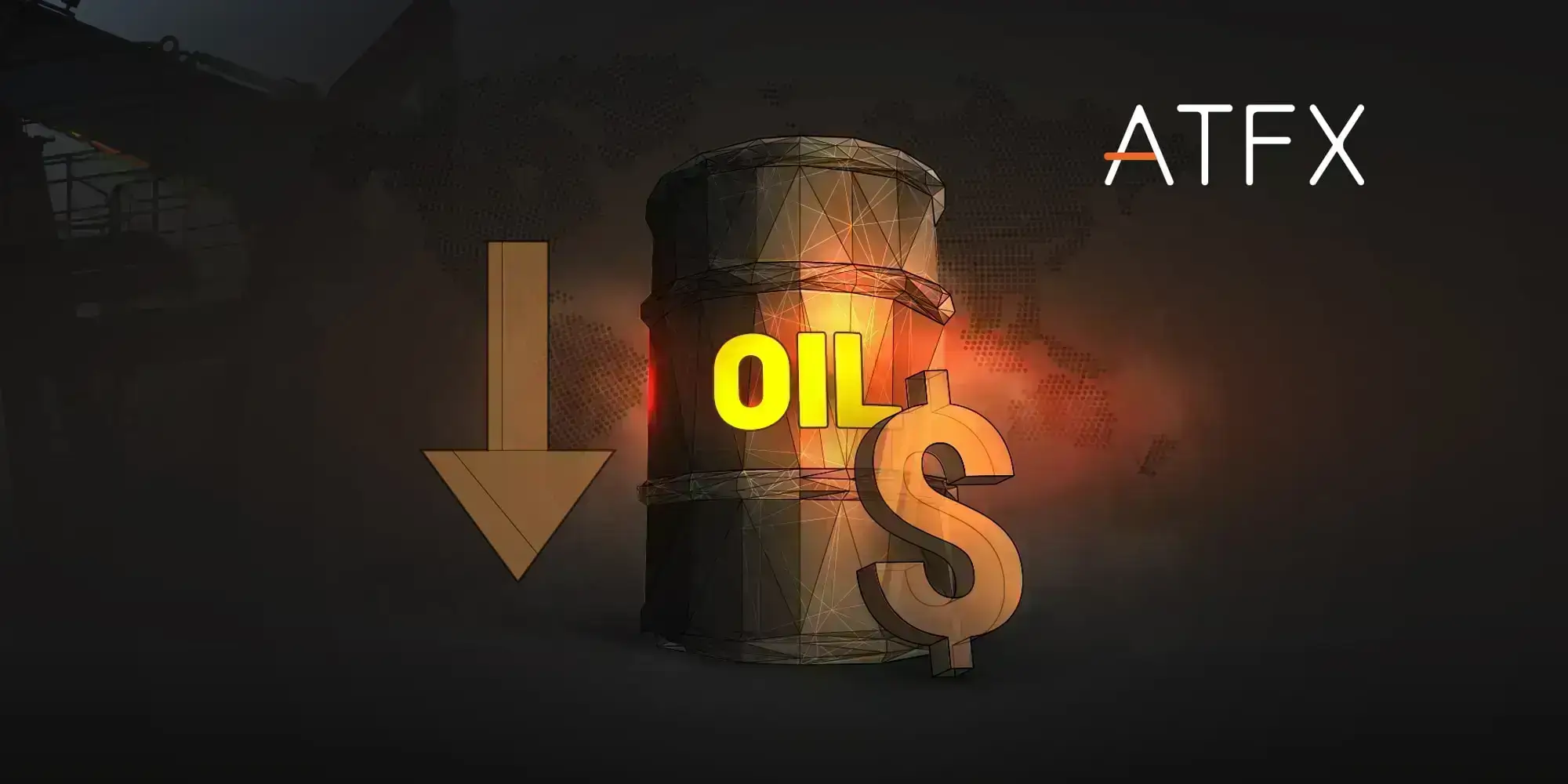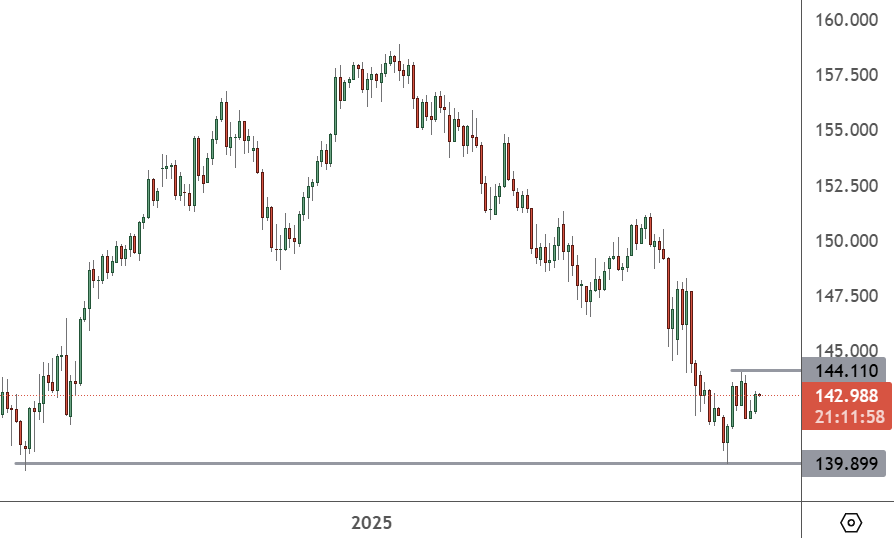Recently, international crude oil price volatility has become the main focus for market participants. The US Energy Information Administration attempted to reduce the global oil shortage by increasing supply to meet the high oil demand. However, Saudi Arabia recently cut the price of crude oil exported to Asian countries, causing the WTI crude oil price to fall by 7% on May 9 before losing another 3.46% on May 10 to a daily low of $98.91, leading to a cumulative decline of 11% over two days.
However, WTI crude oil quickly rebounded to $105.71 on May 11 as global crude oil supply concerns persisted. The pressure on the supply side of crude oil has not disappeared entirely. Once the supply has improved and the global economy is in a better position, there may still be a shortage of crude oil. Therefore, the tug-of-war between the crude oil supply and demand will continue, and the same high-level shocks will be witnessed as many expect the current situation to continue for the rest of the year.
What are the market’s main concerns?
From the demand side, the United States and other oil-producing countries have recently released large-scale oil reserves. Starting from May, the United States will release 1 million barrels of crude oil per day from its strategic petroleum reserves for six consecutive months. The decision has played a critical role in boosting the country’s oil supplies and stabilising prices. On the other hand, market concerns about the resurgence of the coronavirus pandemic in China have seriously hit the global demand for crude oil, making the oil price trends weak during the first half of the week.
In addition, after the Fed raised interest rates by 50 basis points in May, causing U.S. stocks to continue falling. The market’s risk appetite declined amid fears that the tightening of monetary policies during the current rate hike cycle might hit the US economy, increasing the risk of a recession. Therefore, the impact of market sentiment has exacerbated the earlier downward range of crude oil prices.

From a supply-side perspective, the market is digesting the new round of sanctions imposed on Russia by European countries, including the previous controversial oil embargo, which contributed to the subsequent rebound in oil prices. Since the sanctions against Russia are likely to continue, the impact on crude oil supply will likely continue for an extended period. OPEC Secretary-General Bargendo said on April 11 that the current and future oil-related sanctions could lead to a 7 million barrels per day reduction in Russian crude oil exports. Based on the current outlook on crude oil demand, it is almost impossible for other producers to fill this massive supply gap.
OPEC+ has been facing pressure from consumer countries such as the United States to increase production due to soaring oil prices and inflation. Still, OPEC has not changed its decision to implement a slight increase in production in June. In April, the organisation’s 23 member countries did not reach their production quota of 2.59 million barrels per day. As a result, it is likely that the crude oil supply will not be able to meet global demand in the short term, which is also an essential factor supporting oil prices.
The tug-of-war between supply and demand continues.
There is an ongoing tug-of-war between the supply and demand side in the oil markets. Both supply and demand figures are changing rapidly due to factors such as the Russian sanctions and lockdowns in China. Whenever significant news events occur, there is high volatility in oil prices. However, energy stocks have bucked the trend following the recent downturn in the US stock market, with S&P 500 energy stocks up 40% so far this year. This year, Saudi Aramco stock has risen over 27%, outperforming many technology giants such as Apple and seizing the throne of the world’s largest public company by market capitalisation.
Since the conflict between Russia and Ukraine may not end soon, oil price volatility will continue while the pandemic persists in China. On the other hand, if the US economy improves in the future, the market’s concerns about the demand side will gradually dissipate. However, the supply shortage will continue to be the main challenge facing the global crude oil market. Therefore, it will continue supporting crude oil prices that will remain high.
From the current point of view, if the future is full of good news, energy stocks still have room for further upside. Moreover, if the market downturn continues or market volatility persists, energy stocks that have become a safe-haven option for many investors will retain this crucial role.


